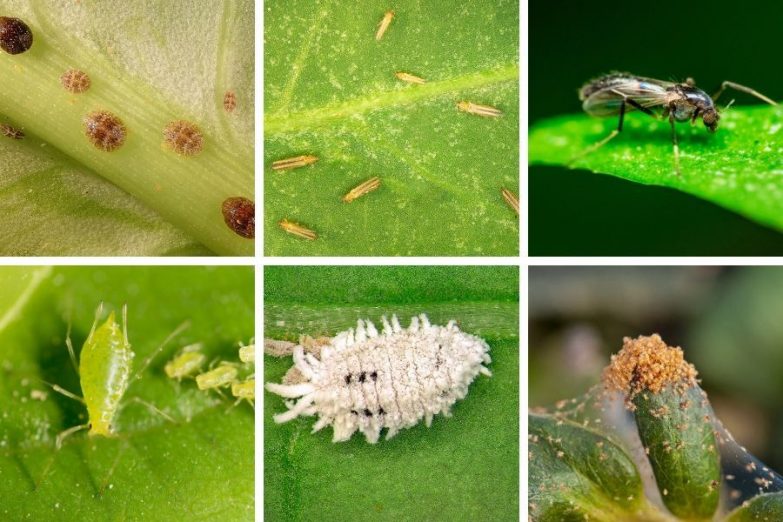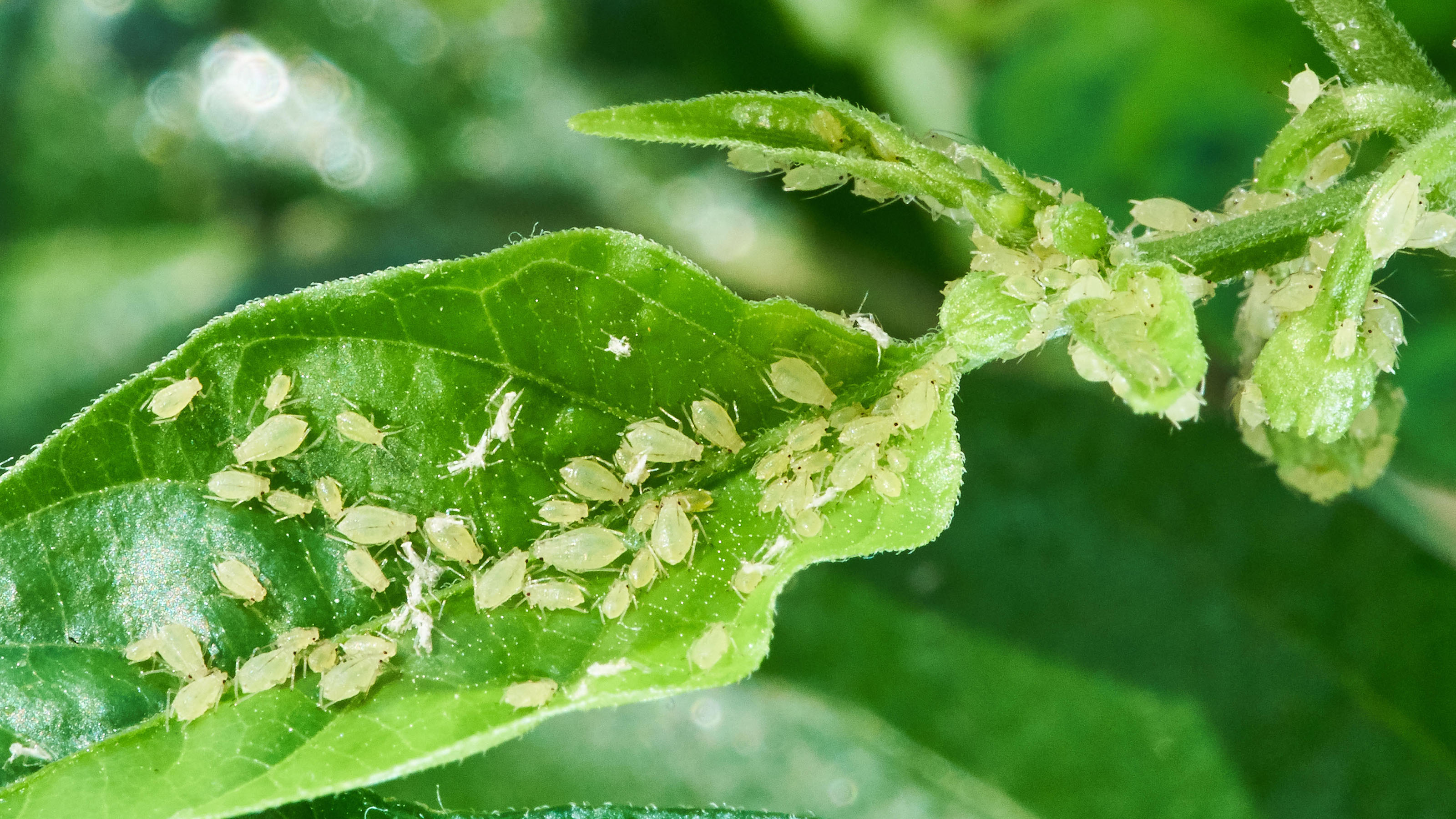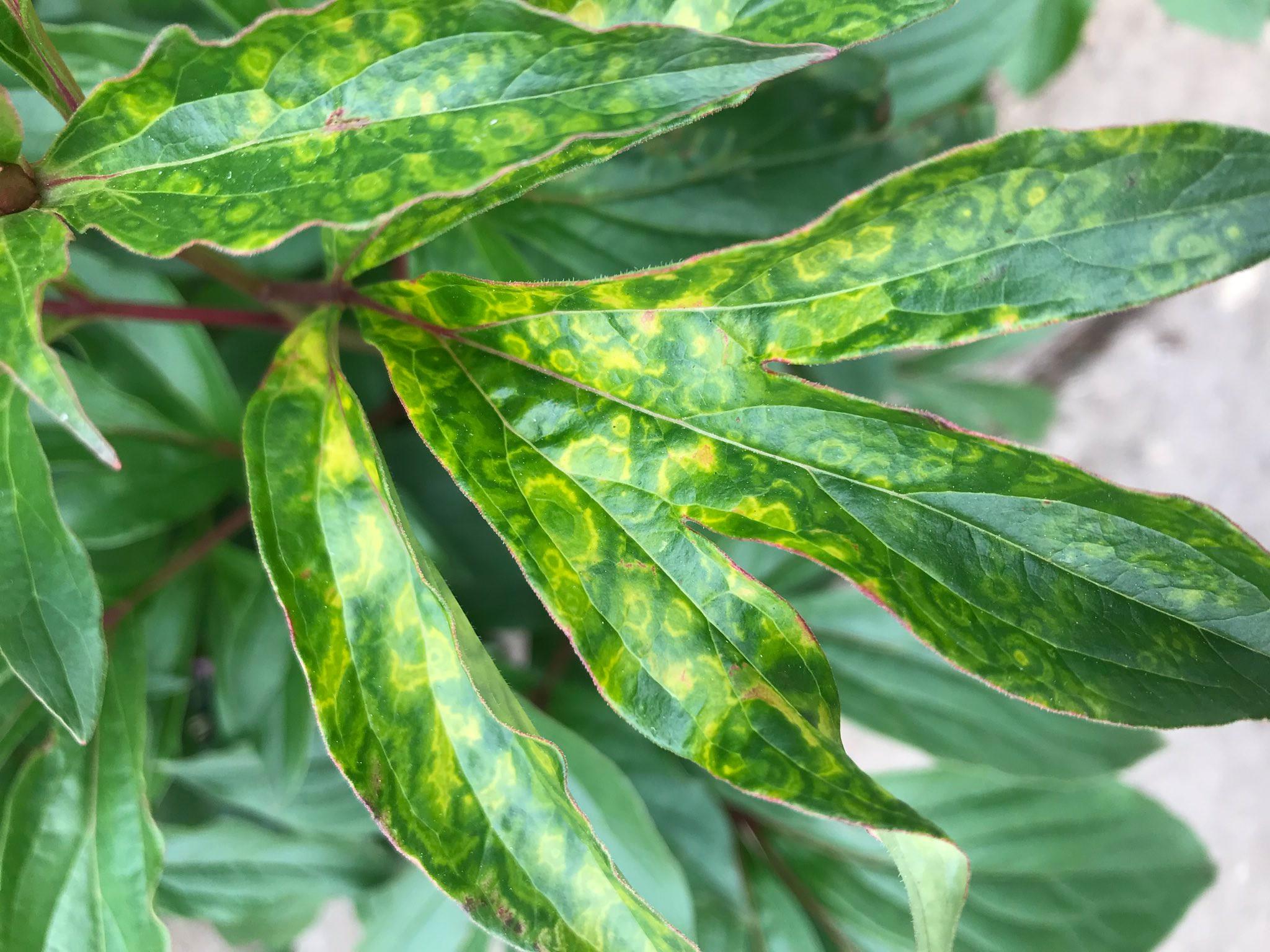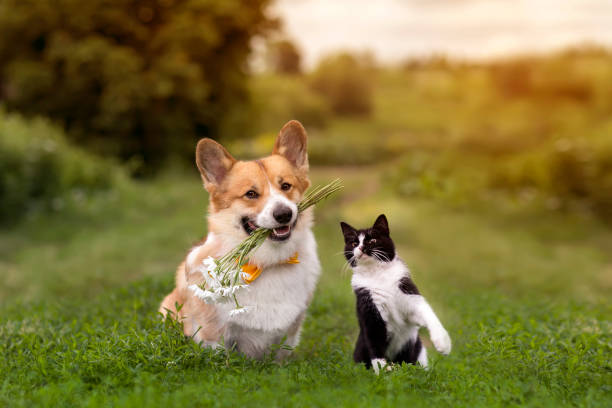How to get rid of pests in ornamental plant / house plant
How to get rid of pests in ornamental plant / house plant
Fungi & Bacteria
Fungi constitute the largest number of plant pathogens and are responsible for a range of serious plant diseases. Most plant diseases are caused by fungi. They damage plants by killing cells and/or causing plant stress.

(Picture source: https://www.lovethegarden.com/uk-en/article/common-types-plant-fungus)
Sources of fungal infections are infected seeds, soil, crop debris, nearby crops, and weeds. Fungi are spread by wind and water splash, and through the movement of contaminated soil, animals, workers, machinery, tools, seedlings, and other plant material. They enter plants through natural openings such as stomata and wounds caused by pruning, harvesting, hail, insects, other diseases, and mechanical damage.
How to control: Avoid heavily infested blocks by testing soil for soilborne diseases before planting or applying preventative fungicides based on weather conditions.
Insect
There are many types of houseplant bugs, and arming yourself with a little information goes a long way toward preventing or eliminating an infestation.

(Picture source: https://smartgardenguide.com/common-houseplant-pests/)
- Mite
Mites are not insects but are more closely related to spiders. Since they are extremely small, plant damage is typically the first sign of their presence. A silky web is often seen with heavier infestations.

(Picture source: https://en.wikipedia.org/wiki/Spider_mite)
How to control: Spray sturdy plants forcefully with water, including the undersides of leaves, to dislodge mites and break up their webs. Plants also can be sprayed with insecticidal soap. For houseplants that are outdoors, spray with insecticidal soap, neem oil extract, or an insecticide containing sulfur.
- Thrips
Thrips are tiny, slender, yellowish to blackish insects with fringed wings. They are typically found on leaves and between flower petals. Leaves fed on by thrips will often take on a silvery or speckled appearance similar to damage caused by mites. Leaves may drop early. When thrips feed on flower buds, the flower may die without opening.

How to control: Rinse leaves with water. Spray plants with insecticidal soap. For houseplants that are outdoors, spray foliage with spinosad, acetamiprid, imidacloprid, cyfluthrin, deltamethin, or lambda cyhalothrin to control thrips.
- Aphid
Aphids are small, soft-bodied, pear-shaped insects. They are usually green but may be pink, brown, black, or yellow. Aphids are usually found feeding on new growth or the undersides of leaves. Some feed on roots. They suck plant sap, resulting in yellowing and misshapen leaves.

(Picture source: https://www.gardeningetc.com/advice/how-to-get-rid-of-aphids)
How to control: With minor infestations, handpicking, spraying with water, or wiping the insects with a cotton swab dipped in rubbing alcohol may be practical. For houseplants that are taken outdoors, spray with insecticidal soap, neem oil extract, pyrethrins, imidacloprid, cyfluthrin, deltamethrin, or lambda cyhalothrin to control aphids.
Weed
Weed control is a type of pest control, which attempts to stop or reduce the growth of weeds, especially noxious weeds, to reduce their competition with desired flora and fauna including domesticated plants and livestock, and in natural settings preventing nonnative species from competing with native species.

Weeds affect the growth of plants surrounding them by competing for nutrients, soil, water, and space. In cases of younger or smaller plants, some weeds even overpower their young plant parts.
How to control: From hand pulling, humans devised simple tools such as the spud, the knife, and the hoe to eliminate weeds or chemical weed control with herbicides (weed killers).
Virus
Plant viruses are viruses that affect plants. Like all other viruses, plant viruses are obligate intracellular parasites that do not have the molecular machinery to replicate without a host. Plant viruses can be pathogenic to higher plants.

Plant viruses are transmitted in several ways, the most important of which is through insect bites, primarily by aphids and plant hoppers.
How to control: Disease or virus control is based on two strategies: 1) immunization (genetic resistance obtained by plant breeding, plant transformation, cross-protection, or others), and 2) prophylaxis to restrain virus dispersion (using quarantine, certification, removal of infected plants, control of natural vectors, or other procedures).
Animal
- Mice
Mice in the garden are a nuisance and a potential health threat due to the diseases these pests carry. It isn't unusual to have mice in the garden, especially when there is a ready supply of food.

(Picture source: https://www.gardeningknowhow.com/plant-problems/pests/animals/garden-mouse-control.htm)
How to control: Eliminating mice habitat and food sources by cleaning the place and getting rid of garbage. Using a mousetrap or chemical such as Zinc Phosphide, Rexsquil, Warfarin, Racumin, etc.
- Snail & Slug
Snails and slugs can be nuisances in gardens, as they will devour plant leaves and leave behind a slimy residue. They feed on a wide range of host plants but are especially partial to young, succulent plants.

(Picture source: https://www.gardeningknowhow.com/plant-problems/pests/insects/organic-snail-control.htm)
How to control: Keep plant foliage relatively dry to deter snail feeding. Leave space between plants for good air circulation. Thin out crowded plants and remove potential hiding places such as boards or buckets. Chemical use such as molluscicides that have sulfur as the active ingredient also reduce feeding damage caused by snails and slugs.
- Pets
Pets can also be your garden's worst enemy. An untrained dog can maul plants or dig up freshly planted bulbs, flowers, or your lawn. Cats won't do as much digging and damage in general, but they love to lie on freshly turned earth where your plant seeds were just planted.
(Picture source: https://www.istockphoto.com/th/%E0%B8%A0%E0%B8%B2%E0%B8%9E%E0%B8%96%E0%B9%88%E0%B8%B2%E0%B8%A2/dog-cat-flowers)
How to control: The best control is to give pets their yard or train them well. To protect newly planted areas, lay down bramble stems, or prickly mats to prevent cats from using the area as a litter box.

